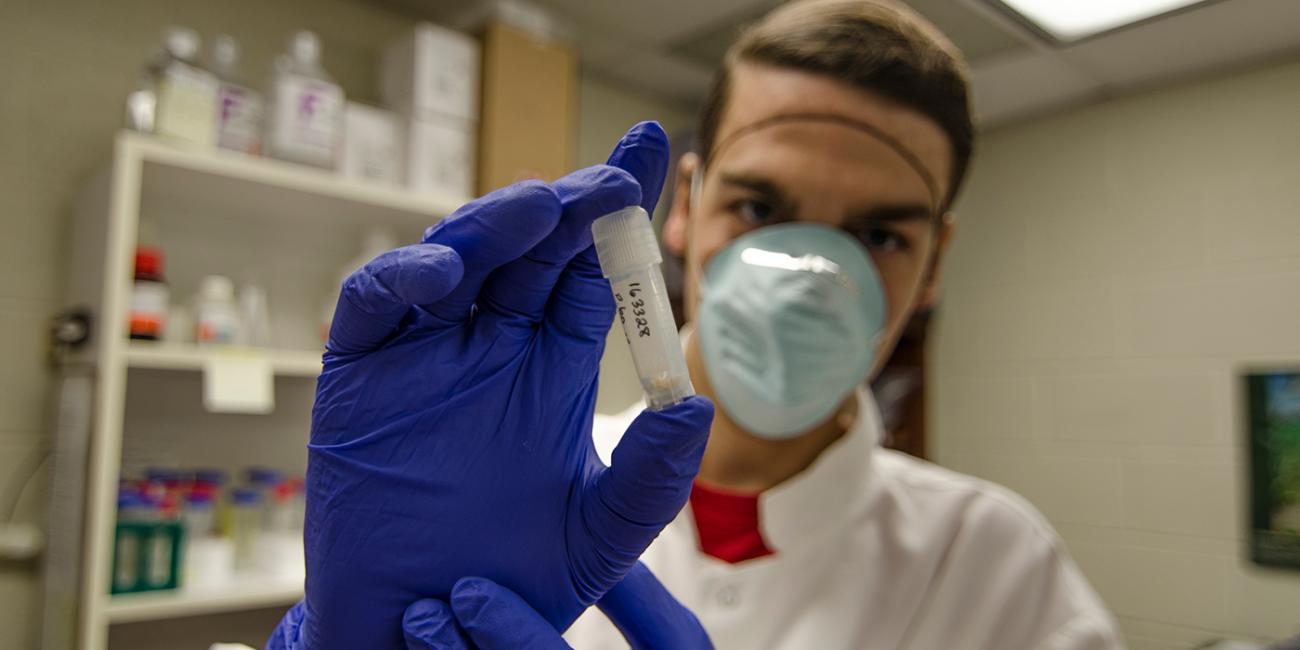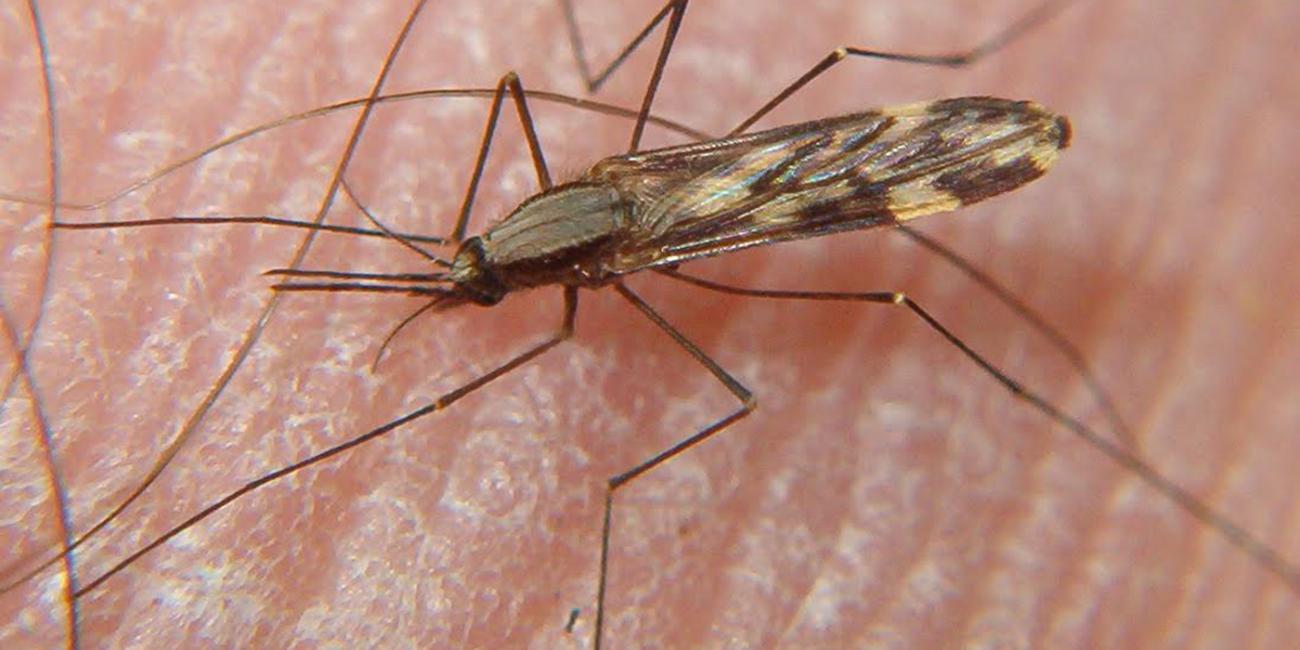Center for Conservation Genomics scientists creatively apply genetic theory and methods to gain knowledge about the evolutionary and life histories of animals, to understand the importance of genetic variation to their survival, and to identify the methods needed to sustain them in human care and in the wild.
Take a guided tour of the genetics laboratory in this video from lab manager Nancy McInerney.
About CCG ›
CCG researchers specialize in genetic management of animal populations, genomics, non-invasive DNA, ancient DNA, systematics, disease diagnosis and dynamics, genetic service to the zoo community.



